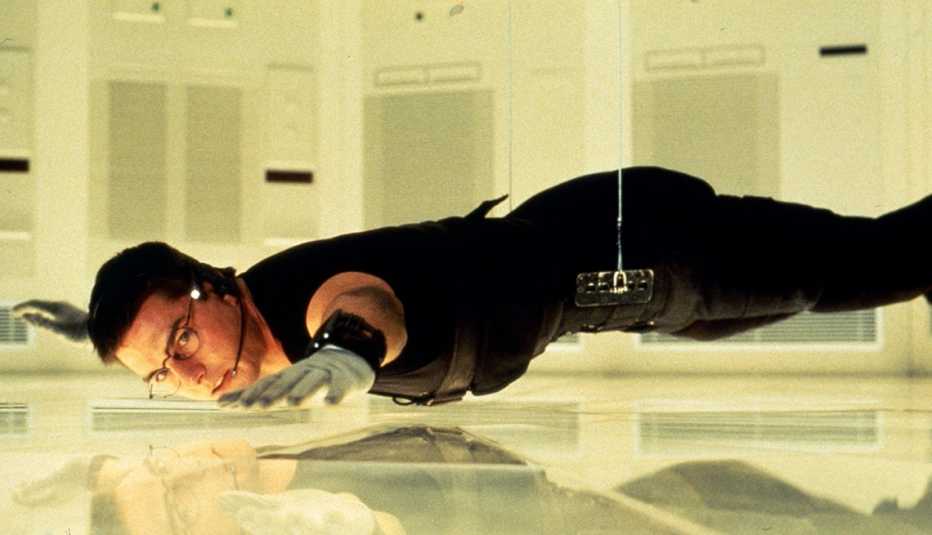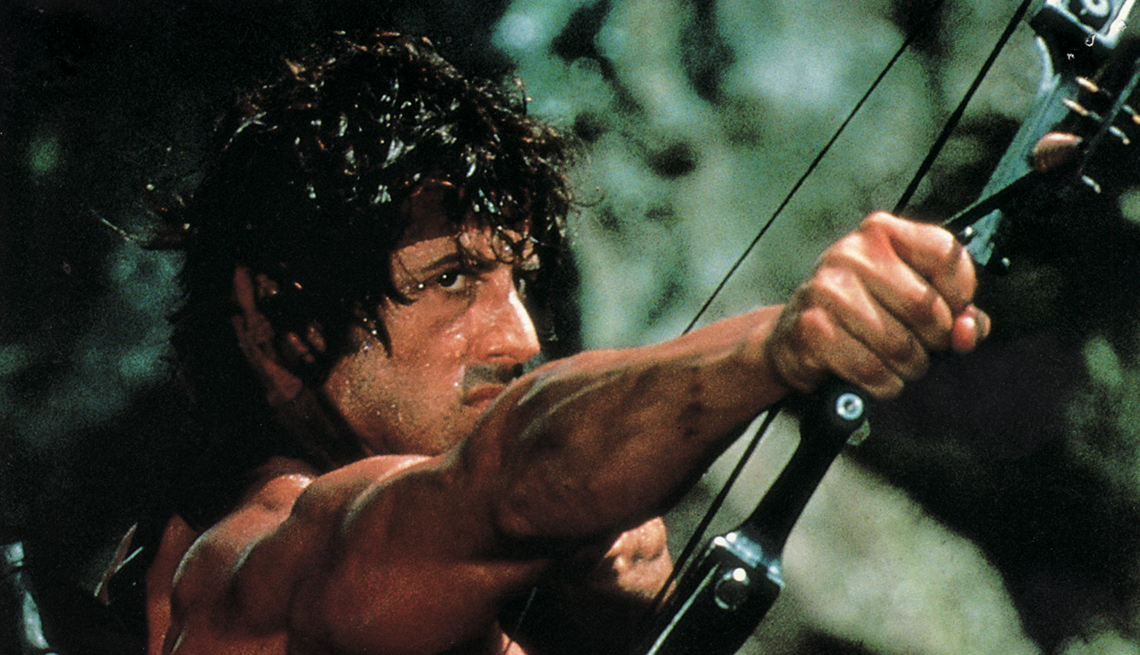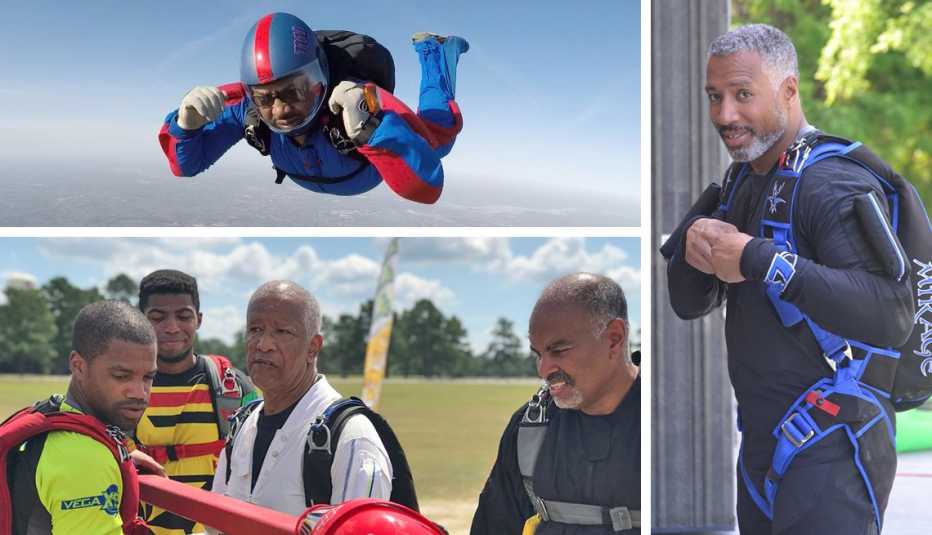Staying Fit


You can subscribe here to AARP Veteran Report, a free e-newsletter published every two weeks. If you have feedback or a story idea then please contact us here.
Some military movies have the time and the budget necessary to be realistic. They send the actors to boot camp and have experts on hand to ensure accuracy. They can also afford the right equipment, or at least a pretty close copy of it. Saving Private Ryan and the miniseries Band of Brothers are gold standards for accuracy.
Here are some of the most common things Hollywood gets wrong about the military or veterans.
1. Focusing too much on combat
Nursing, engineering, vehicle maintenance, military police: Military careers include a huge number of specialties. Few people in the military are on the front lines.


AARP Membership— $12 for your first year when you sign up for Automatic Renewal
Get instant access to members-only products and hundreds of discounts, a free second membership, and a subscription to AARP the Magazine.
It’s understandable that movies focus on the most dramatic part of military life, but this can create a skewed idea of what the military is all about and do a disservice to the majority of people who serve. It also covers up how joining the military can be a great long-term career move.
We’ve all seen movies in which a veteran uses his combat skills to save the day — Jack Ryan, Dirty Harry and Ethan Hunt of the Mission Impossible movies are all veterans. Wouldn’t it be great if Hollywood made a movie in which a former wheeled vehicle mechanic saves the day by fixing a car?


2. Vets are either unstable ... or war machines
There aren't a lot of stable, happy, everyday veterans on TV.
Jay Pritchett, played by Ed O’Neill in Modern Family, is one exception. He has flaws, but overall he is successful and well-adjusted. He looks back on his time in the Navy fondly and says he benefited from the discipline instilled in him while serving.


Unstable vets like the murderous Travis Bickle, played by Robert De Niro, in Taxi Driver, or the heroin-addicted Nick, played by Christopher Walken, in The Deer Hunter, are Hollywood staples. These damaged individuals might make for good action on-screen, but they impact the way Americans view veterans. Stigma around vets and mental illness might make some hiring managers shy away from veterans.
Then you have John Rambo, played by Sylvester Stallone. His military career prepared him to earn money as an underground fighter, fight off a Mexican drug cartel with booby traps, fly a Soviet helicopter and use explosive-tipped arrows, among other exploits. That's not really a skill set most veterans leave the service with.
3. Saluting gone amok
As anyone who has been in the military knows, a salute is a precise movement used in specific circumstances.
But it’s common for actors to treat a salute more like a wave or a thumbs-up gesture, something you can do in an infinite number of ways. In movies one common mistake is to put the hand over the eye, like it’s shading the sun.


Another common mistake is saluting under the wrong circumstances, like saluting indoors or while under arms. Salutes by Steven Seagal in Under Siege and Jack Black in Mars Attacks have attracted disdain.





































































